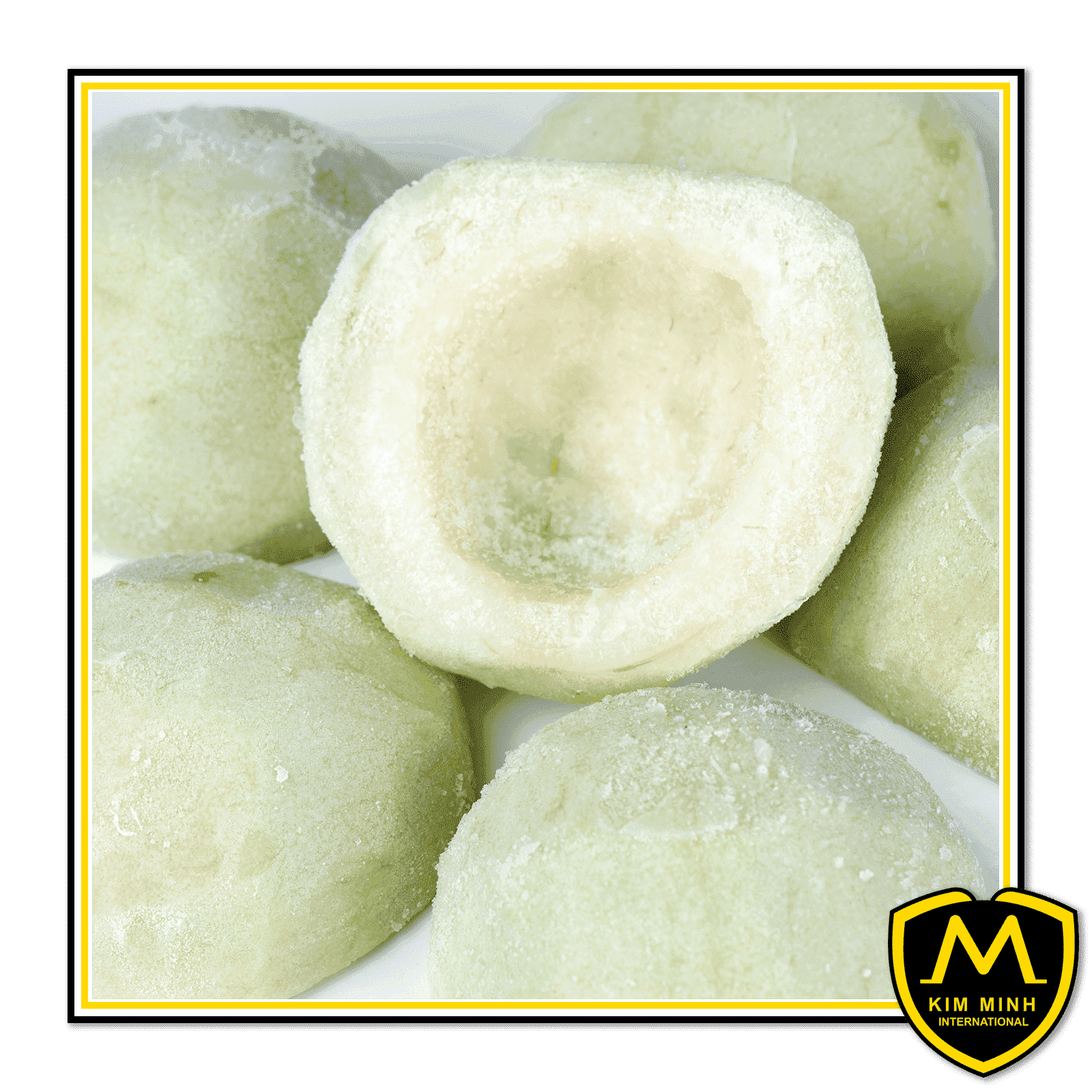Việt Nam’s fruit export value in 2018 reached nearly US$4 billion, with fruits sent to big markets like the US, Europe and Japan.
But since early this year, the domestic agricultural industry has faced many challenges in exporting fruits and vegetables. The nation needs solutions to have high growth in vegetable and fruit exports this year and beyond.
Nguyễn Quốc Toản, director of the Agricultural Products Processing and Development of Department under the Ministry of Agriculture and Rural Development, speaks to Vnews television about this issue.
How have Việt Nam's fruit exports been in recent times?
Along with restructuring the agriculture sector, in the past two years, many industries have been restructured to promote their advantages in production and business, including the fruit and vegetable industry.
Việt Nam's agricultural products are exported to 185 countries and territories, including many fastidious and niche markets.
In 2018, the national export value of fruits and vegetables reached $3.8 billion, which was a great effort.
But from the beginning of 2019, exports of farming products as well as tropical fruit products met many difficulties.
In the first seven months of this year, export value of fruits and vegetables reached $2.3 billion and from now until the end of the year, we will face a challenging journey as we see a slowdown in the market because we promoted exports to new markets and now we must find ways to maintain high growth of exports to those markets.
Besides, there are difficulties in our traditional export markets, especially China, the largest fruit and vegetable export market of Việt Nam, accounting for 74 per cent of total fruit and vegetable exports.
This market has high demand for quality and wants to sign commercial contracts to import vegetables and fruits from Việt Nam instead of importing small quantity via border gates.
Why is it tough for Việt Nam to export fruits and vegetables into China under commercial contracts?
Two problems for Việt Nam's fruit exports under commercial contracts are quality control and quarantine.
In quality management, we must focus on traceability. For the Chinese market, we have nine kinds of agricultural products exported to China. This market requires traceability and growing area code for export products.
For example, all lychee growing areas in Lục Ngạn District, Bắc Giang Province are granted a code and the Chinese market allows imports of lychees from all these growing areas.
At present, 1,200 fruit growing areas nationwide have been granted codes.
All Vietnamese agricultural products and fruits in particular must have traceability with QR codes so consumers at home and abroad can know the origin of fruits and the production process.
The second is quarantine. Each country has different quarantine standards. So we need many years, even 9-10 years, to unify processes and the criteria of quarantine for local fruit products.
Especially, for new generation free trade agreements (FTAs), there are more criteria of quarantine that require the local fruit and vegetable industry to reform.
What solutions are there to meet these demands in export markets?
There are two important issues: quality management and quarantine. In addition, the industry must have synchronous development to have good varieties, good soil and modern production techniques. Good inputs will create quality products.
Product branding is also an important issue. Currently, there are only two products having national brands, rice and tea. Meanwhile, fruit products have geographical indications that are only protected in the country.
I hope Vietnamese fruit products also get national brands soon.
To achieve this, the fruit and vegetable industry should pay attention to requirements of export market, traceability, labels and packaging. In particular, it should pay attention to processed goods and increase enterprises’ processing ability, as exporting fresh fruits face technical barriers while exporting processed fruit products do not. Besides that, processed products have higher value.
What opportunities do free trade agreements like the CPTPP and the EU-Việt Nam FTA open for Vietnamese fruit exports?
The CPTPP came into effect on January 14 and the EVFTA was signed on June 30 between Việt Nam and the EU.
The two important agreements bring both opportunities and challenges for import and export of Vietnamese goods, including vegetables and fruits.
Our export products will enjoy preferential tariffs and other advantages when entering the market of 11 CPTPP member countries and 28 EU member countries.
However, our products must increase their competitiveness and meet regulations of export markets.
Businesses are aware of both challenges and chances from those FTAs. To understand all the provisions of the agreements, the Ministry of Agriculture and Rural Development and the Ministry of Industry and Trade have held conferences to find solutions to increase of agricultural exports.
With these agreements, we have chances to import machinery, science and technology to improve production capacity. — VNS










